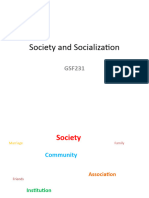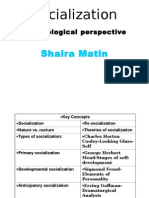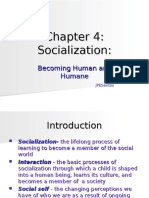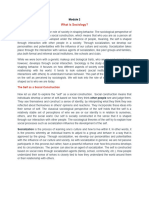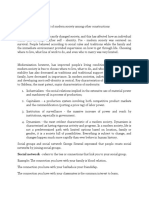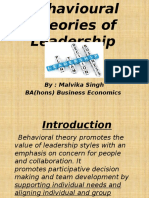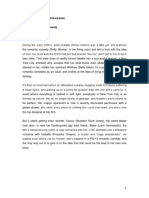0% found this document useful (0 votes)
26 views6 pagesTest 2 - Study Notes
The document discusses key concepts and theorists related to symbolic interactionism and socialization. It provides information on Goffman's impression management theory, Mead's stages of the social self, Cooley's looking glass self, and concepts such as norms, sanctions, and agents of socialization.
Uploaded by
pink555dietzCopyright
© © All Rights Reserved
We take content rights seriously. If you suspect this is your content, claim it here.
Available Formats
Download as DOCX, PDF, TXT or read online on Scribd
0% found this document useful (0 votes)
26 views6 pagesTest 2 - Study Notes
The document discusses key concepts and theorists related to symbolic interactionism and socialization. It provides information on Goffman's impression management theory, Mead's stages of the social self, Cooley's looking glass self, and concepts such as norms, sanctions, and agents of socialization.
Uploaded by
pink555dietzCopyright
© © All Rights Reserved
We take content rights seriously. If you suspect this is your content, claim it here.
Available Formats
Download as DOCX, PDF, TXT or read online on Scribd
/ 6




